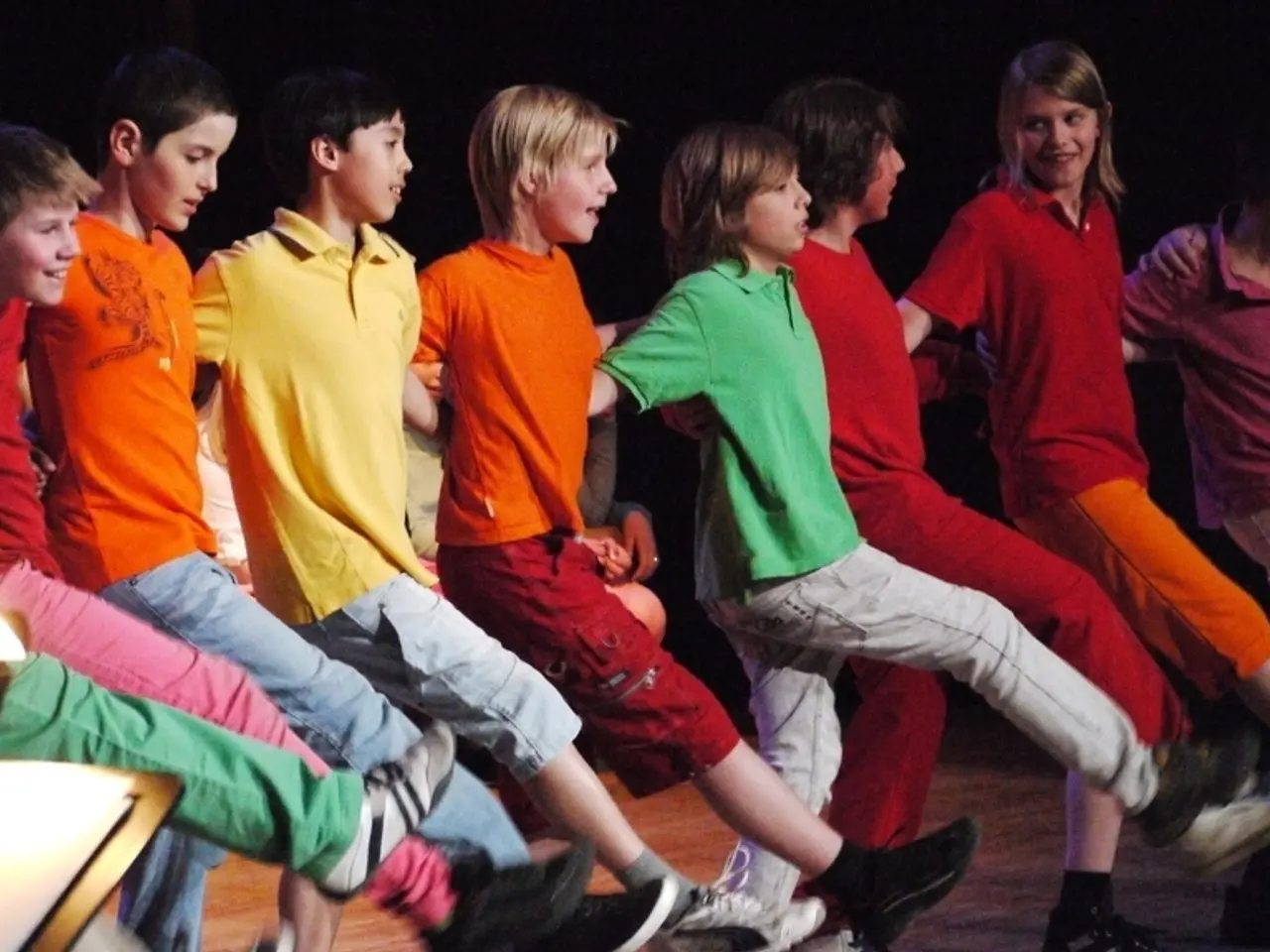Increased Restlessness and ADHD: Recognizing Symptoms and Available Treatments
Hyperactive ADHD: Symptoms and Treatments Across Age and Gender
Hyperactive Attention Deficit Hyperactivity Disorder (ADHD) is a neurodevelopmental disorder that affects how the brain develops and functions, causing symptoms such as high energy, restlessness, and impulsive behavior. The symptoms and treatments for hyperactive ADHD vary by age group and gender, but share core characteristics and approaches.
Symptoms
In children, hyperactive ADHD symptoms typically include constant movement, fidgeting, trouble staying seated, excessive running or climbing in inappropriate situations, difficulty engaging quietly, impulsive behaviors (such as blurting out answers or interrupting), and difficulty waiting turns.
Adults, on the other hand, may exhibit more internalized hyperactivity, often manifested as restlessness or feeling "on the go" rather than overt physical hyperactivity. Adults may appear fidgety, excessively talkative, or struggle to remain calm in quiet or patient-required situations such as meetings or lines. Impulsivity and difficulty controlling disruptive behaviors continue but may take different forms compared to children.
Gender differences in symptom presentation are not detailed extensively, but males are often observed to have more overt hyperactivity, especially in childhood, whereas females may show more subtle or inattentive symptoms. However, hyperactive ADHD symptoms can present similarly across genders, with possible variation in behavioral expression and social expectations influencing diagnosis.
Treatments
The first-line treatment for hyperactive ADHD across age groups involves stimulant medications, which effectively reduce hyperactivity, impulsivity, and improve focus. Non-stimulant medications (like atomoxetine and viloxazine) are alternatives, useful especially when stimulants are not tolerated, but with a slower onset of effect and potential side effects including nausea and fatigue in children and adolescents.
Behavioral therapy is commonly used in children, often alongside medication, focusing on developing organizational, social, and impulse control skills. Parent training is important for helping caregivers manage challenging behaviors.
For adults, Cognitive Behavioral Therapy (CBT) helps address unhelpful thought patterns, develop coping strategies, and improve executive functioning. Mindfulness meditation and yoga can reduce impulsivity, improve emotional regulation, and increase focus by calming the mind and body.
Regular exercise, healthy nutrition, sleep hygiene, and stress reduction techniques benefit symptom management in both children and adults. Avoiding sugar and caffeine is recommended, especially for children.
Educational and workplace accommodations support symptom management by optimizing environments to reduce distraction and frustration. Boosting self-esteem and patience from caregivers or partners is essential given the social and emotional challenges ADHD may cause, especially in children.
In summary, hyperactive ADHD symptoms present more physically in children than in adults, with adults showing more subtle restlessness but continued impulsivity. Treatments are multi-modal, combining medications (primarily stimulants) with behavioral interventions, psychotherapy, and lifestyle changes adapted to age and individual needs. Gender differences exist but overlap significantly. Monitoring and adjusting treatment over time is critical as symptoms and needs evolve with growth and life demands.
It's important to note that fewer women receive a diagnosis for hyperactive ADHD, and several theories exist as to why this is the case, including sex differences, internal symptoms, gender expectations, ADHD stereotypes, misdiagnosis, and the common co-occurrence of mental health conditions such as anxiety among girls. The symptoms of hyperactive ADHD in women can be similar to those in men, but fewer women receive this diagnosis than men. Adults with hyperactive ADHD may also experience extreme restlessness, difficulty remaining still for extended periods, impulsive spending, impulsive decision-making, frustration when doing tasks that are slow or boring, and a tendency to engage in potentially harmful behaviors.
Sources:
- Mayo Clinic
- NHS UK
- ADHD Institute
- CDC
- Child Mind Institute
- Investigations into the use of CBD as a potential supplement in managing symptoms of ADHD are ongoing, as it may help with mental health and wellness, particularly in managing anxiety and promoting relaxation.
- Recent studies have blocked Pfizer's application for expanded use of their ADHD medication in children, citing concerns about long-term health effects and proper dosage.
- A comprehensive approach to children's health includes mental health, fitness and exercise, and health-and-wellness therapies and treatments that cater to their individual needs, taking into account their unique physical and emotional development.
- To maintain focus, impulse control, and overall wellbeing, adults and children with ADHD should prioritize fitness and exercise, regular sleep, proper nutrition, and stress management techniques such as mindfulness meditation and yoga.




